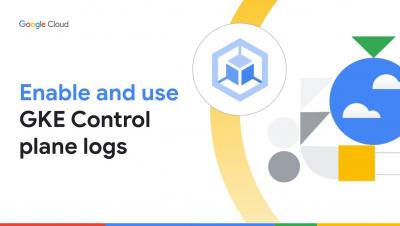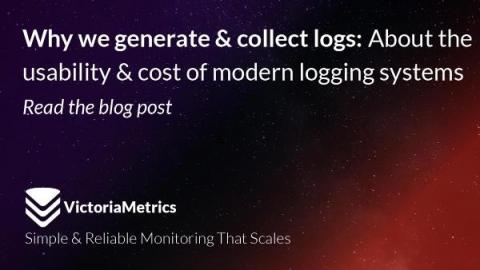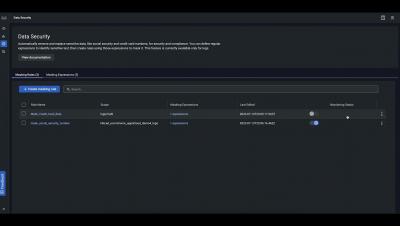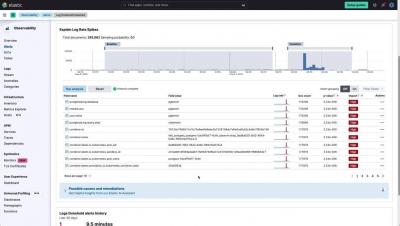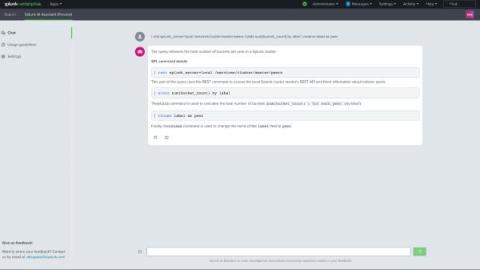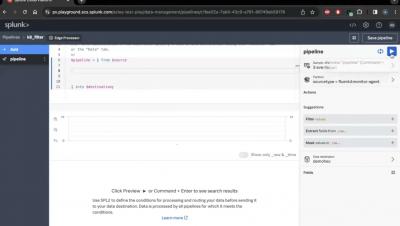Operations | Monitoring | ITSM | DevOps | Cloud
Logging
The latest News and Information on Log Management, Log Analytics and related technologies.
Why we generate & collect logs: About the usability & cost of modern logging systems
Logs and log management have been around far longer than monitoring and it is easy to forget just how useful and essential they can be for modern observability. Most of you will know us for VictoriaMetrics, our open source time series database and monitoring solution. Metrics are our “thing”; but as engineers, we’ve had our fair share of frustrations in the past caused by modern logging systems that tend to create further complexity, rather than removing it.
5 ELK Stack Pros and Cons
Is your organization currently relying on an ELK cluster for log analytics in the cloud? While the ELK stack delivers on its major promises, it isn't the only search and analytics engine - and may not even be your best option for log management. As cloud data volumes grow, ELK monitoring can become too costly and complex to manage. Fast-growing organizations should consider innovative alternatives offering better performance at scale, superior cost economics, reduced complexity and enhanced data access in the cloud.
Cloud Native Application Observability - Sensitive Data Masking for logs
Sumo Logic Customer Brown Bag - Observability - July 31st, 2023
How Does Persistent Queuing Work Inside Cribl Stream?
Preventing data loss for data in motion is a challenge that Cribl Stream Persistent Queues (PQ) can help prevent when the downstream Destination is unreachable. In this blog post, we’ll talk about how to configure and calculate PQ sizing to avoid disruption while the Destination is unreachable for a few minutes or a few hours. The example follows a real-world architecture, in which we have.
Using Generative AI with Elastic AI Assistant for Observability
How to Implement Cloud Cost Optimization in Observability
Although microservices and cloud architectures are the new norm for modern applications, cloud cost optimization could run high in observability. High costs are largely due to the number of components involved in cloud architectures. According to Cloud Data Insights in a recent report, around 71% of IT companies say that cloud observability logs are growing at an alarming rate— a driving factor for rising observability costs.


